Jimmy and I had planned a while back that we would head out to a couple of the Wheatbelt nature reserves in the Christmas break – so just before the end of 2017 I would have another go at trying to see one of my bucket list animals – the numbat (Myrmecobius fasciatus). I have already tried a couple of times previously and they have proved elusive.
Dryandra Woodland Nature Reserve
We drove out to Dryandra (soon to be a national park) and setup camp at Gnaarla mia – a fairly new, well setup bush camping site run by Parks & Wildlife.
Before we setup camp we scoped out 2 likely Chuditch (Dasyurus geoffroii) sites where Jimmy had seen a Chuditch before on a previous trip – one where we had setup my camera trap that I have blogged about before.
We headed out just after dusk and drove the tracks through Dryandra paying special attention to our two possible Chuditch sites.
We soon came across Common brushtail possums (Trichosurus vulpecula) and Western grey kangaroos (Macropus fuliginosus).

This also seemed to be a night with many Woylies (Bettongia penicillata) sighted – a real encouragement as it was many more than our trip almost a year before.

But then a few allowed us to get closer – our best sightings were in one of the old Sandalwood plantations (location described in previous post) where there seems like plenty of nuts around and the Woylies were more concerned about eating than running away from us. We also had a look for Red-tailed phascogale (Phascogale calura) as both Jimmy & I had found one on separate occasions in the Sheoak, but not this night.
We then revisited our Chuditch site without the camera trap and Jimmy spotted a gecko on a Wandoo tree – he later ID’d it as a Reticulated velvet gecko (Hesperoedura reticulata) – a new species for both of us. No Chuditch though.
We then had a sighting of a Southern boobook (Ninox novaeseelandiae) and Echidna (Tachyglossus aculeatus).
Later Jimmy spotted some eyeshine a way off the road and we walked out to see what it was – we thought maybe Woylie or possum but was hopeful for maybe Tammar or Western brush wallaby. It was just a possum but then I spotted green eye shine to the North not far from the second Chuditch site which was quite close to Barna mia (a place where you can see endangered animals in an enclosure). Jimmy was ahead of me and saw the animal climb quickly up a tree where he was able to see spots and confirm Chuditch, but then it dashed down again and ran off before he was able to alert me. We were not able to relocate it either. Jimmy did think it might have been the same animal that he had seen in the area on a couple of other occasions.
We then headed back to camp after 5 hours of spotlighting to get a few hours of shuteye as it was 2am! We checked the camera trap and could see a few images had been taken but I had no way of telling what had been captured.
We did see a couple of microbats flutter in our spotlights but we were not able to ID them – one seemed to have an orange belly (might have been a Western Falsistrelle (Falsistrellus mackenziei) – a fairly large microbat with cinnamon tummy) and I did hear a White-striped free-tailed bat (Tadarida australis).
The next morning we were up bright and early and after a quick coffee headed to Boyagin to try for numbats. We picked up the camera trap noting it had taken 60 odd images but had no way of viewing what had been captured – that would have to wait until I got home. On the way we had a lovely viewing of some Carnaby’s munching some Hakea and Jimmy did say he thinks it’s a good sign so see something so early heading out!
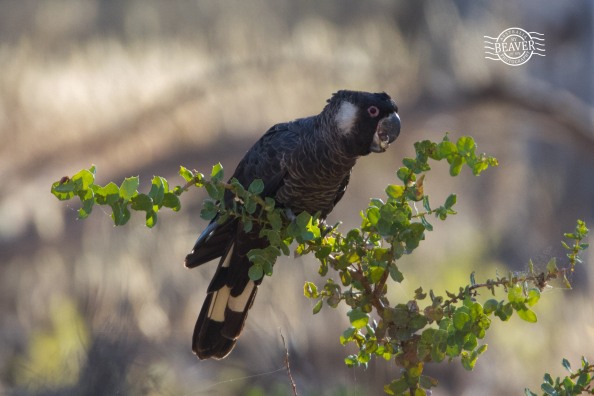
Boyagin Nature Reserve
We then drove to Boyagin Nature Reserve where we had tried unsuccessfully for numbats a few months back.
We drove the tracks of the reserve mostly focusing on the North-East block. We had been driving for 2 hours without seeing anything and had about an hour to go before we needed to head back. We were just headed up a hill when Jimmy calls “NUMBAT!!” – he had seen just a head peeking out above a log on the side of the road – I then saw it as well and was really excited to see my FIRST EVER NUMBAT! (Tick off the bucket list!), but could not get out of the car to get a better view, for worry of scaring it. This shot was all I thought I might be able to get.

Then Jimmy said there is a second one as well! They both stayed around the log just checking us out – Jimmy was able to open his car door and then I was able to as well and managed to get a few closer shots. We noted the rusty streak on the male’s chest – oils secreted from their sternal gland during this time of year.
Numbats are typically solitary except when females are caring for their young or when males go roaming for females into their territories, as they only go into estrus for a 24-48hr period in the first couple of weeks of January. Jimmy and I were both able to get out of the car for better views and then both numbats casually went into the hollow log. We sat down on the road about 10m back and waited 10 mins before they came out again.
They then sauntered off through the heath and I watched them head towards another hollow log. They hung around outside for a little while before going inside.
We moved to get good observation positions a way back from the log (I was closer to the road and Jimmy on the other side) and waited another 10 mins or so. They came out and still seemed pretty chilled with our presence.
I like this shot of the females tongue!
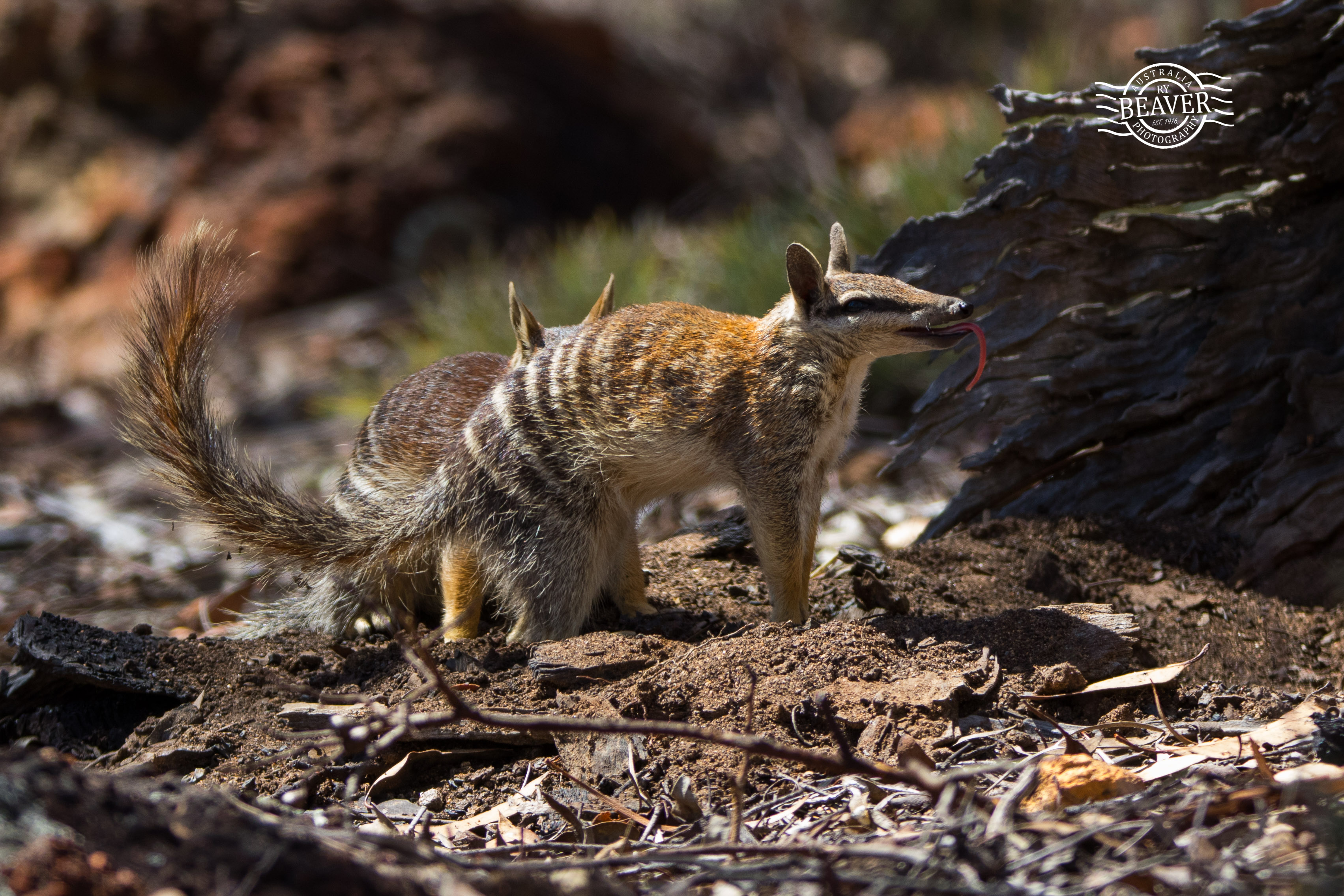
We could tell it was mating season as the male seemed pretty keen to start right at that moment but the female was a little more coy and at one point turned and gave him a cuff & vocalised her disapproval!
They then re-entered their log and Jimmy moved next to me as he thought it was a better spot. We waited another 10 mins and out they came again! At one point we heard a car in the distance and they assumed the meerkat-like pose facing towards where the sound came from (lower image).
We watched them for another 10 mins or so and then backed away, giving them back their space.

They sat in the above pose just watching us. Jimmy and I headed back to the road feeling so privileged to have such an awesome wild experience.
After sharing the images with Tamara from Project Numbat and Sean Van Alphen from the Numbat Task Force – they were able to say they thought they knew the female was either Sheila or one of her twin girls who looked similar but the male has not been ID’d as yet. They use the unique stripes from the animals to identify individuals and keep a database of all the sightings. Tamara spends almost every weekend watching numbats and she mentioned to Jimmy how hard it was to find pairs this time of year and she had never seen anything like we had. What she usually sees this time of year is horny males trying to find females!
Dryandra Camera Trap Images
Once back at home I was able to download the camera trap images and found more surprises. We had visits by a Woylie(s?) and a Western grey kangaroo.
And even more exciting – a visit from a Red-tailed phascogale! They are pretty camera shy (seems to be related to the white light of the spotlight) and I haven’t managed to get a photo of one yet.
I was elated to have finally seen a Numbat and not just one, but a pair showing pre-mating behaviours! I did get a little carried away with the photos and took over 200 of the numbats so its been difficult to cull them!
Dryandra and Boyagin are two stunning reserves in the WA Wheatbelt and on the trip back we discussed our next trip to get out to Tutanning to see the third major reserve in the Wheatbelt.












































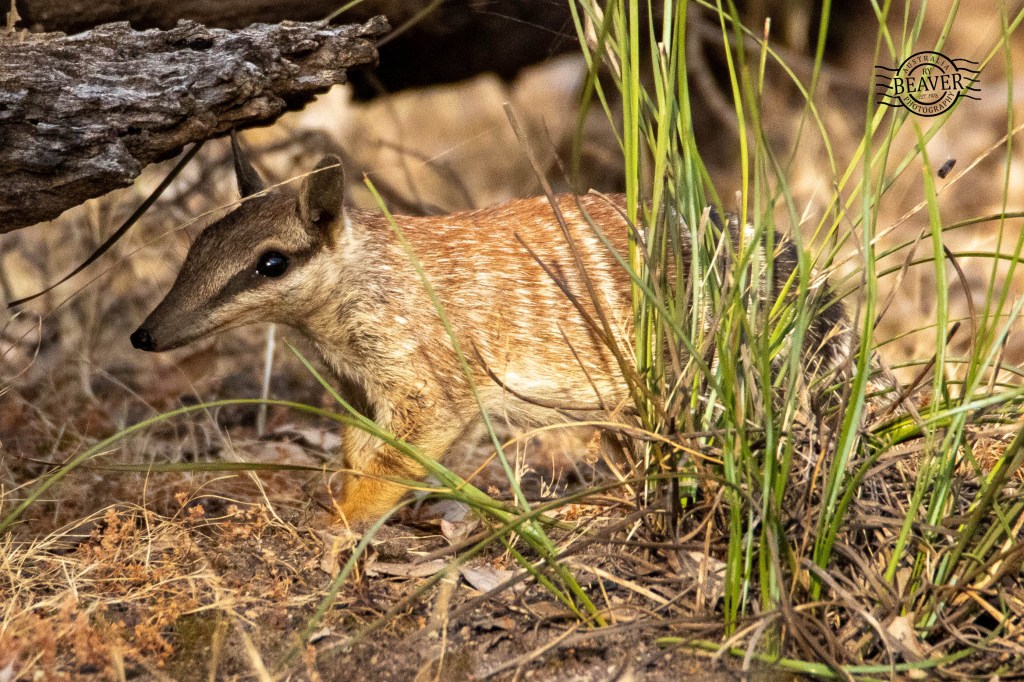
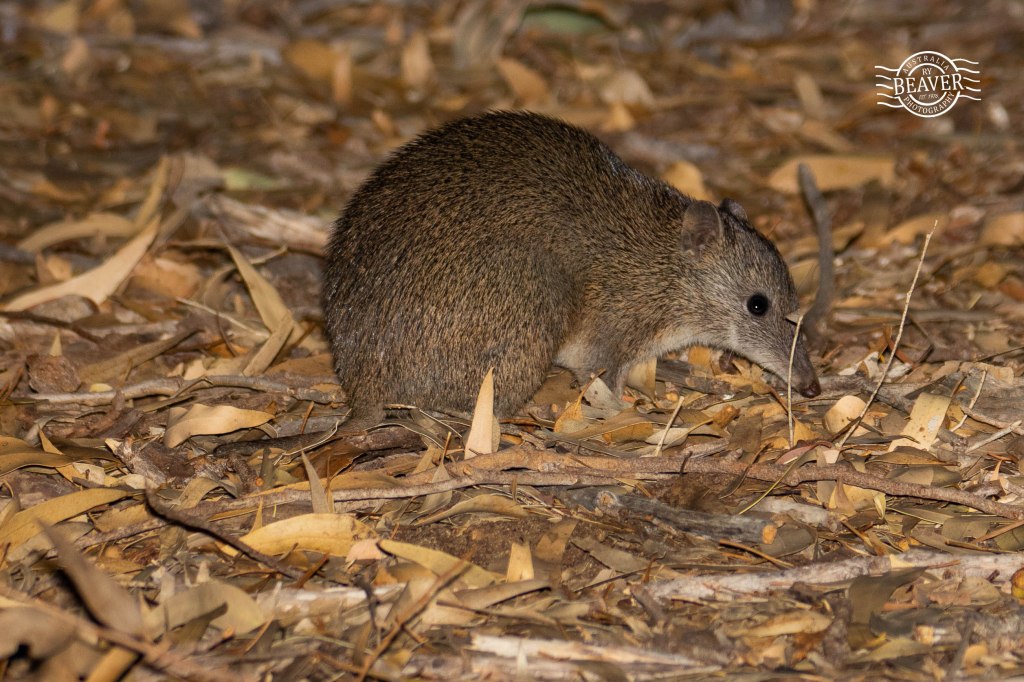
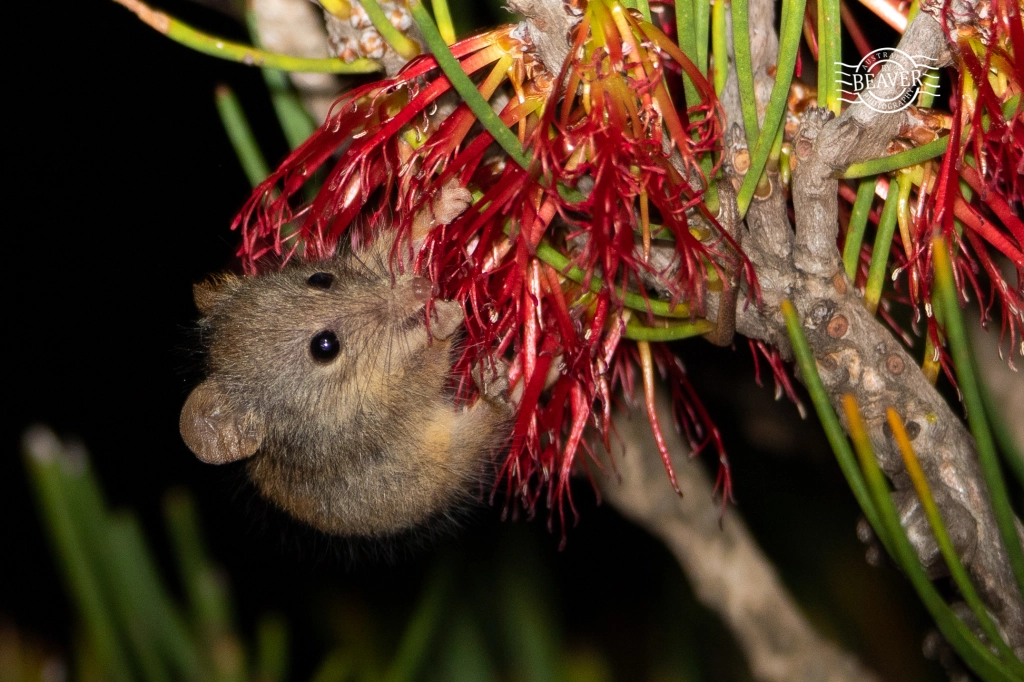
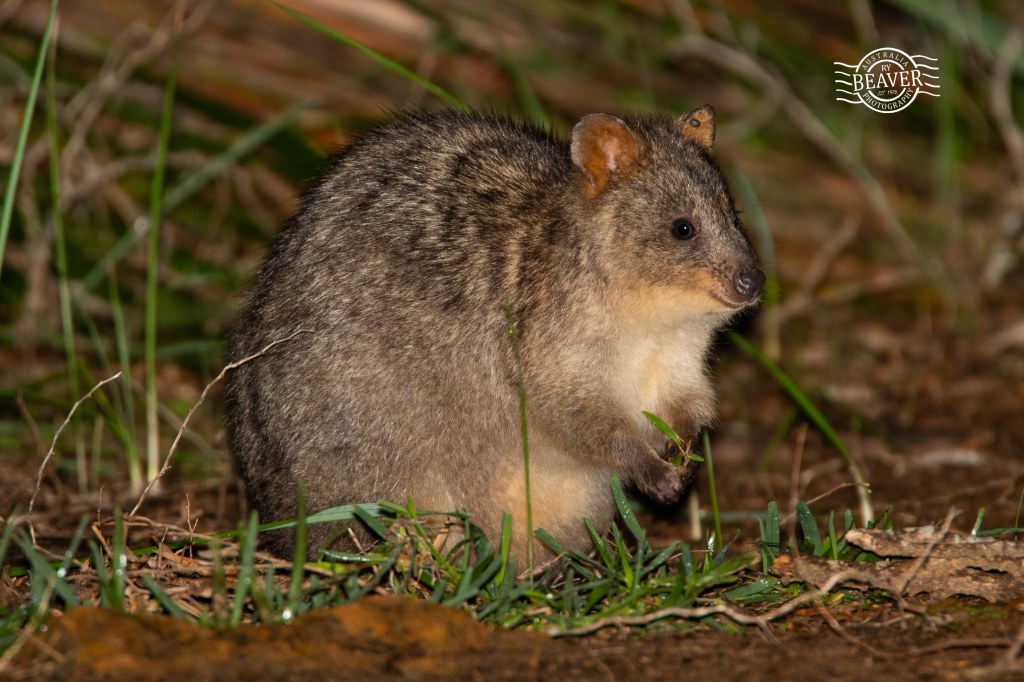
Leave a comment